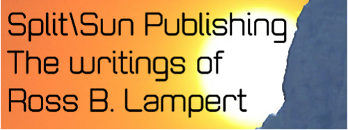
Perhaps you remember this exchange from the movie Amadeus:
Emperor Joseph II: “My dear, young man, don’t take it too hard. Your work is ingenious. It’s quality work. And there are simply too many notes, that’s all. Just cut a few and it will be perfect.”
Mozart: “Which few did you have in mind, Majesty?”[1]
Wow. Talk about a perfect response to an ignorant critic—never mind that the critic happened to be an Emperor! I guess that would qualify as a 3-star review. (It’s worth noting that a few lines earlier, the orchestra’s conductor had set the Emperor up by feeding him that criticism. Talk about helping throw someone under the bus! But I digress….)
The truth is, it is possible to have too mu...
Read More










Recent Comments